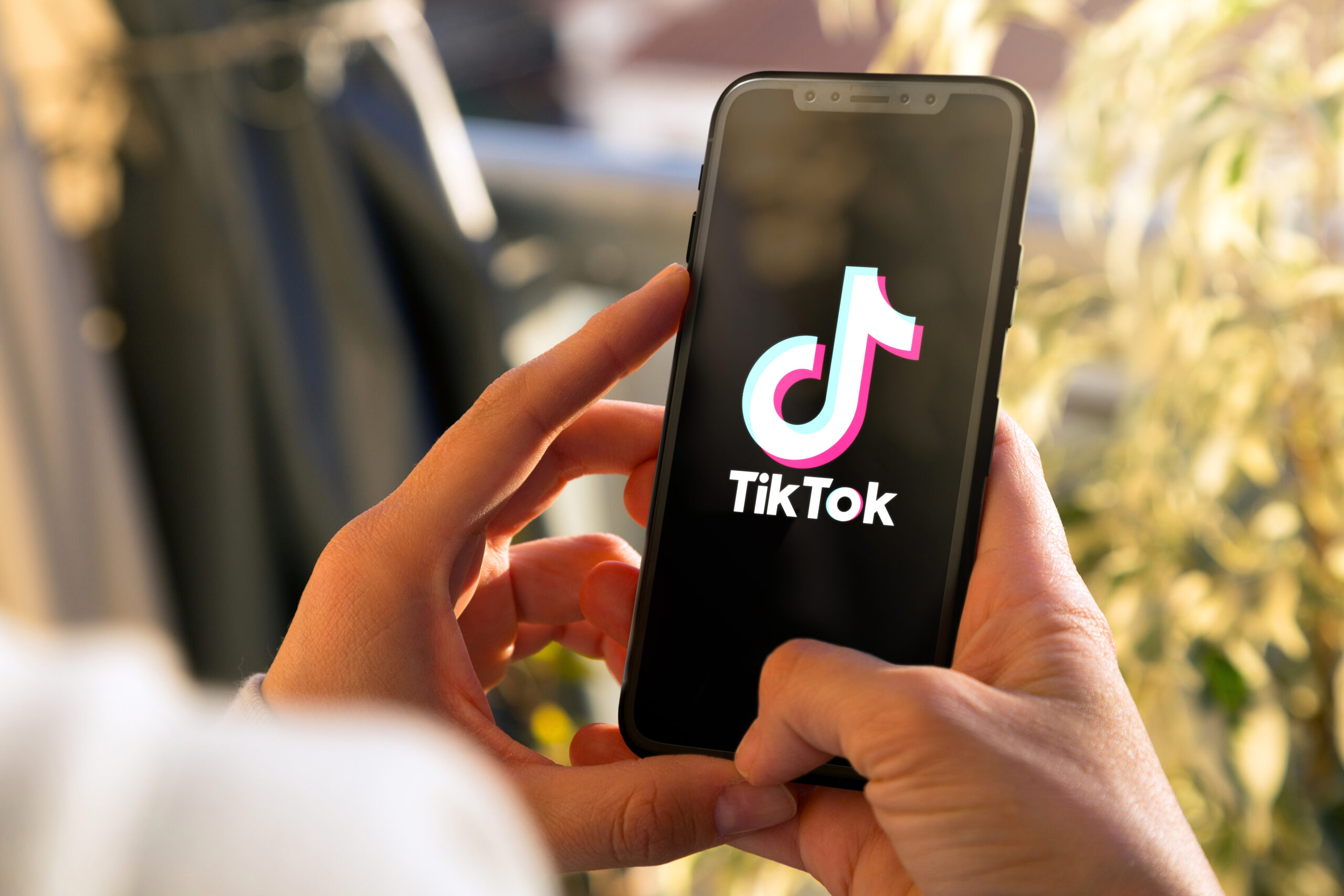Content has long been a buzz word in the world of marketing and it certainly extends to the sports marketing sphere, whether it is a hilarious ‘impromptu’ video of your brand ambassador trying his hand at a sport it turns out he is terrible at or slick and stylish photo content. So, just how has brand content changed over the years and what factors mould the content brands produce today?
Gone are the days when content was overtly branded without a second thought. For example in the 1980s and 1990s content was usually reserved as a means of putting product in front of the target audience. At the time content showing Pele dressed head to toe in garish Puma branded gear did not seem contrived, and in fact would probably have received the desired response towards the brand and most importantly seen a boost in sales.
As the example shows, the channels of distribution were very limited compared with what we know now. Restrictive and expensive above the line methods were often the only real option. It goes without saying that the development of the Internet and subsequently social media, have allowed content to be created quicker and shared more widely than ever before.
Content Content Everywhere
The availability and freedom to produce content has changed not only the way it can be consumed but also who is looking to create it. Brands are not alone in looking to create content for the purpose of promoting. More and more we are seeing clubs and associations ensuring they are seen as ‘brands’ in their own right. Franchises in the USA are working hard to give insight into the running of some of the most popular sports on the planet and the same can be said for some of Europe’s top football clubs. These new ‘brands’ are building themselves into behemoth global super powers … and who can blame them?! They have the ready and willing assets, they travel the world building international appeal and they have merchandise to flog to unsuspecting punters… sorry “fans”.
Photo galleries, tour diaries, interviews, Christmas messages, best training goal show reels and even tunnel cameras are being utilised across YouTube channels, Twitter feeds, Facebook pages and Instagram accounts. All of a sudden content appears to be king, but how are brands ensuring they get it right and achieve the dream of going viral?
Content by association
The fact that branded content is now readily available and being produced by more sources than ever before means brands are having to work that bit harder to make their content spread as fast as the video of a sneezing panda or the twerking craze.
Mass social media audiences have created the phenomenon of everyone not only being a fan but also a critic. Brands are faced with the fact that their consumers are now a harsh task master, the wrong filter or too much branding and content stands to go viral for the wrong reasons rather than the right ones. They are also competing with brands for visibility in the social space … and in some instances winning! For example there is nothing stopping a guy with 5 followers on social media achieving more noise around a major sporting event than a globally recognised ‘official partner’ brand – if the content is right.
In order to combat this pressure from the global audience brands are now creating unique, weird and wonderful content that they can associate with to achieve brand prestige. It is this elusive brand tone that leads to sales rather than simply forcing product on consumers
Nike associated itself with a unique style of content ahead of this year’s World Cup. They created a campaign around a bold and colourful cartoon style which was instantly recognisable. It was shared around the globe because it was a unique style and original content rather than because it was Nike. It put the US brand, who unlike Adidas is not an official sponsor of the tournament, in the content driving seat ahead of the tournament in Brazil … Nike 1 – 0 Adidas.

Brand ambassadors are also invaluable assets when it comes to unique content. They are given the freedom to express themselves and their character. Brands are then able to feed into this and create seemingly natural content to subtly plant their product or brand message. Stars such as Novak Djokovic, Jimmy Anderson and Mario Ballotelli are renowned for creating weird and wonderful content that often gets shared by millions.
What better way is there for Puma to get their latest boots noticed than by planting them in the background of a bizarre video of Balo ironing, shirtless whilst reading Zlatan Ibrahimovic’s autobiography? In the world of content, there is no better way!
By following these guidelines when creating content, rather than simply creating content to sell to a consumer, brands are able to keep their offering as fresh and original as the style or ambassadors they use. This gives their content the best chance of going viral and allows the brand to associate themselves with a brand tone over time rather than simply creating something obviously branded but that doesn’t appeal to the target audience.
No brand knows where the next piece of viral content is going to come from but rest assured their association with content is sure to continue to be as elusive as a natural tan in TOWIE.











